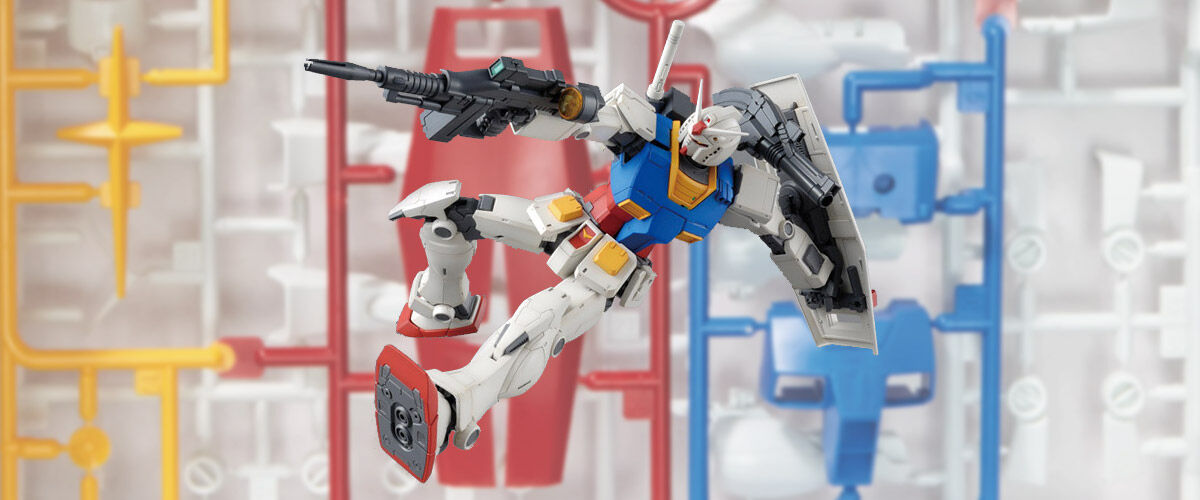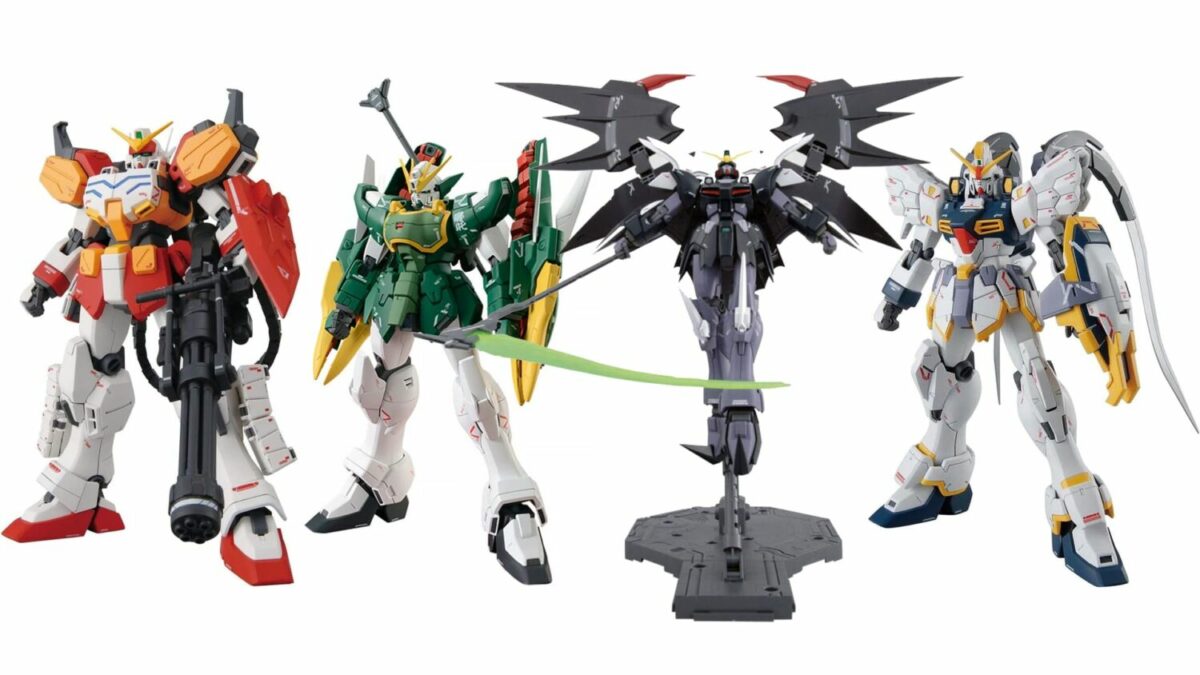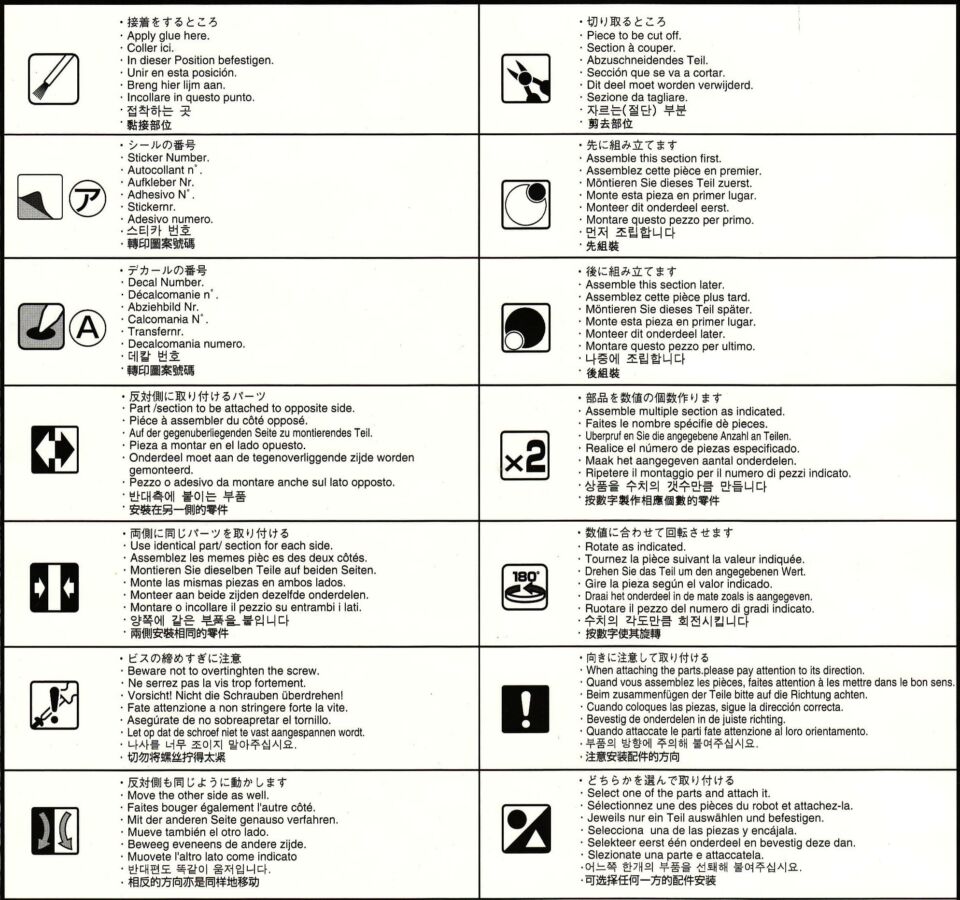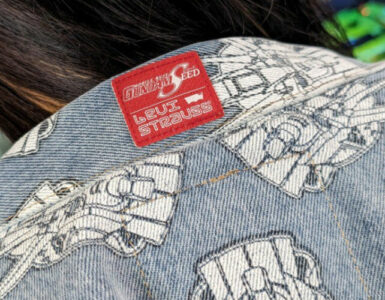- Shares
- 54
If you’ve ever been captivated by the epic clashes of colossal robots, chances are you’ve heard of Gundam. Throughout its enduring legacy spanning decades, this franchise has steadily expanded from its anime origins into a multifaceted world of movies, video games, and more importantly, dominated the model kits space.
Bandai’s Gundam plastic models, lovingly known as Gunpla, present fans of the franchise with the opportunity to build and customise their very own scale models of the many iconic mobile suits. At its most intricate level, master crafters utilise paints and unique customisations to turn model kits into contenders for global tournaments, making the Gundam universe more immersive than ever.
If you’re looking to dive into the delightful world of Gunpla, here’s what you need to know to get started.
Essential tools of the trade
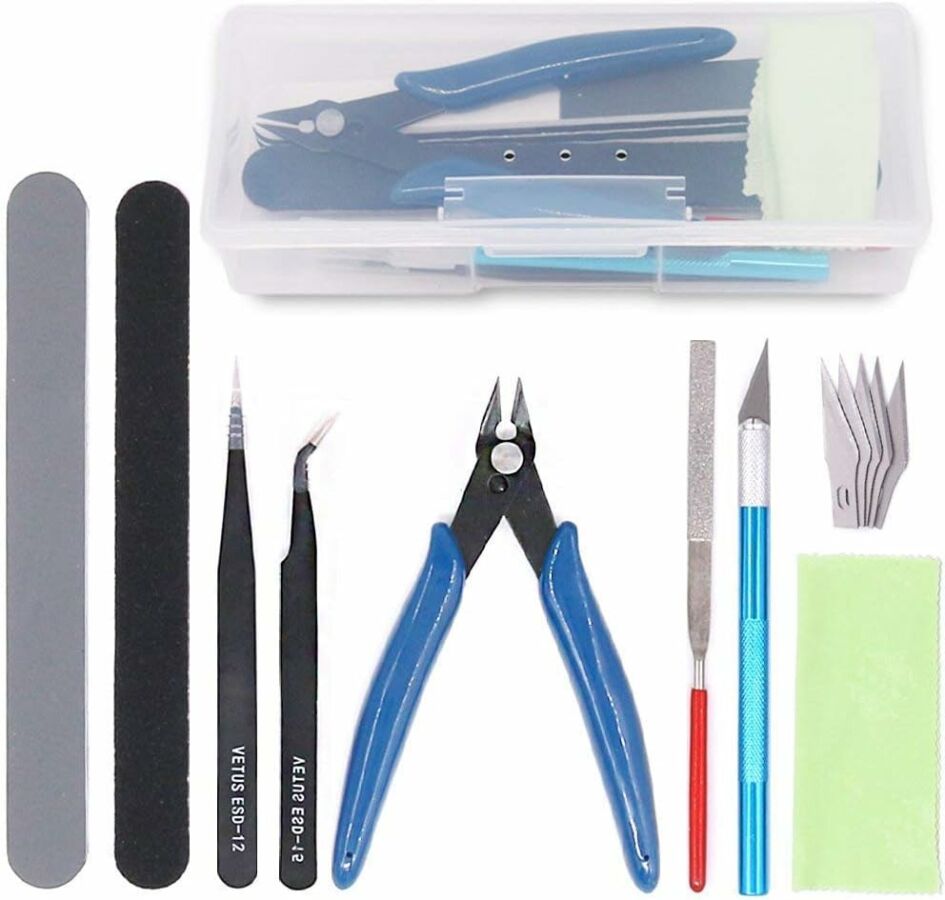
Before you start assembling your Gundam model, you’ll want to gear up with the right arsenal of tools. Thankfully, you can easily acquire these essentials from your local building supply and art stores. Decently-sized pliers and a precision hobby knife will become your trusty companions as you delicately trim any excess plastic from each part on a runner tray.
Beginners might want to consider a basic model tools kit, which packs all the right gear in a convenient container. In a model tools kit, you’ll find pliers for precise part handling, a hobby knife complete with spare blades for surgical precision, tweezers to handle delicate components, and a selection of sanding tools for that polished finish.
Understanding different Gunpla grades
Gunpla offers challenges suitable for everyone, from beginners to seasoned artisans. If you’ve never built anything before, it’s crucial to have an understanding of the different grades of model kits in Gunpla, as they represent different types of builds and difficulty levels.
High Grade (HG)
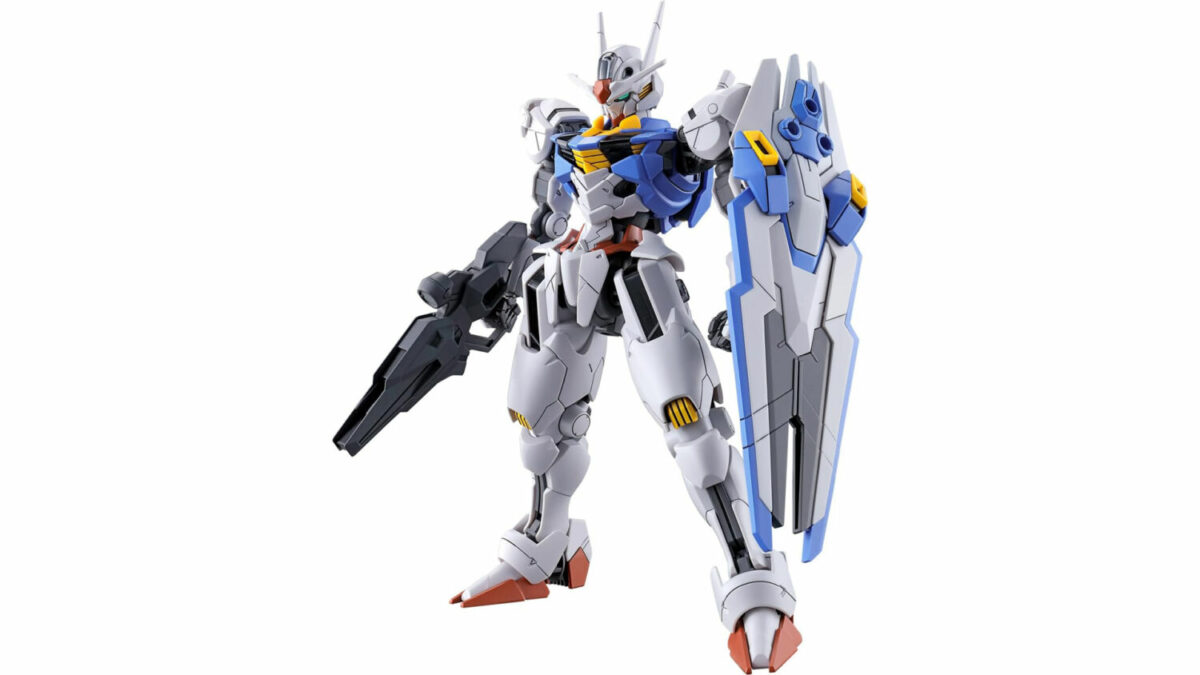
High Grade kits are solid, easy builds with substantial detail and articulation that are great for beginners. They are typically 1:144 scale models, although there are larger HG models with less detail than what you would find in more challenging Grade models.
The vast majority of HG kits rely heavily on polycaps — rubber polymer pieces used to create smooth joints or to keep something in place without glue. Polycaps are temperature-sensitive and get looser with friction or over time. Bandai has since taken a bold step forward by breaking away from this tradition with the launch of their Witch From Mercury kits, which favour techniques like C-Clips or moulded ball joints to enhance stability and functionality.

Younger Gundam fans may also find lots of enjoyment in the relatively new High Grade Build Divers’ Planet System line. This range brings to the table a unique concept where you can create stumpy Gundams with interchangeable armours, allowing builders to explore their creativity by mixing and matching different armour sets. When the armour isn’t attached, it morphs into a sleek flight mode, serving as a stylish vehicle for the Core Gundam to hop on.
Price range: S$18 – 38
Real Grade (RG)

If you’re more confident in your skills, you can check out Real Grade kits for something a little more complex. Like High Grade kits, RG kits are typically 1:144 scale models, but they set themselves apart in several remarkable ways.
For example, they boast near-perfect colour accuracy, eliminating the need for those pesky colour-correcting stickers. They also come with a full inner frame, extensive part counts, advanced articulation, and a wealth of decals. Enhanced surface detail, impeccable colour separation, and intricate mechanical features help elevate this Gunpla experience.
The older RG kits have a reputation for being fragile nightmares, but the latest from the past few years are all stellar, such as the RG Nu Gundam, RG Sazabi, and RG Crossbone. Outside of the Gundam franchise, there are even kits like the RG Eva Unit 01 from Neon Genesis Evangelion.
Price range: S$44 – 75
Master Grade (MG)
The real greats are in the Master Grade line. At a 1:100 scale, MG models are bigger and have even more complex internal structures. As such, they require more time and investment, but the result is worth it. MG models come equipped with a movable inner frame system, with joints that bend and flex in remarkable ways, which allows for a wide range of movement. What’s more, these kits often include miniature figures of the pilots who command each Gundam model, adding an extra layer of detail and realism to your build.
For fans of the classic anime Gundam Wing, the Master Grade version of mobile suits from the series are some of the best looking in the category. The Wing Gundam itself isn’t great, with poor articulation and grip along with pieces that are prone to falling apart, especially its large wings. However, the mobile suits from the supporting cast — such as Heavyarms, Altron, Deathscythe Hell, and Sandrock — are all spectacular choices.
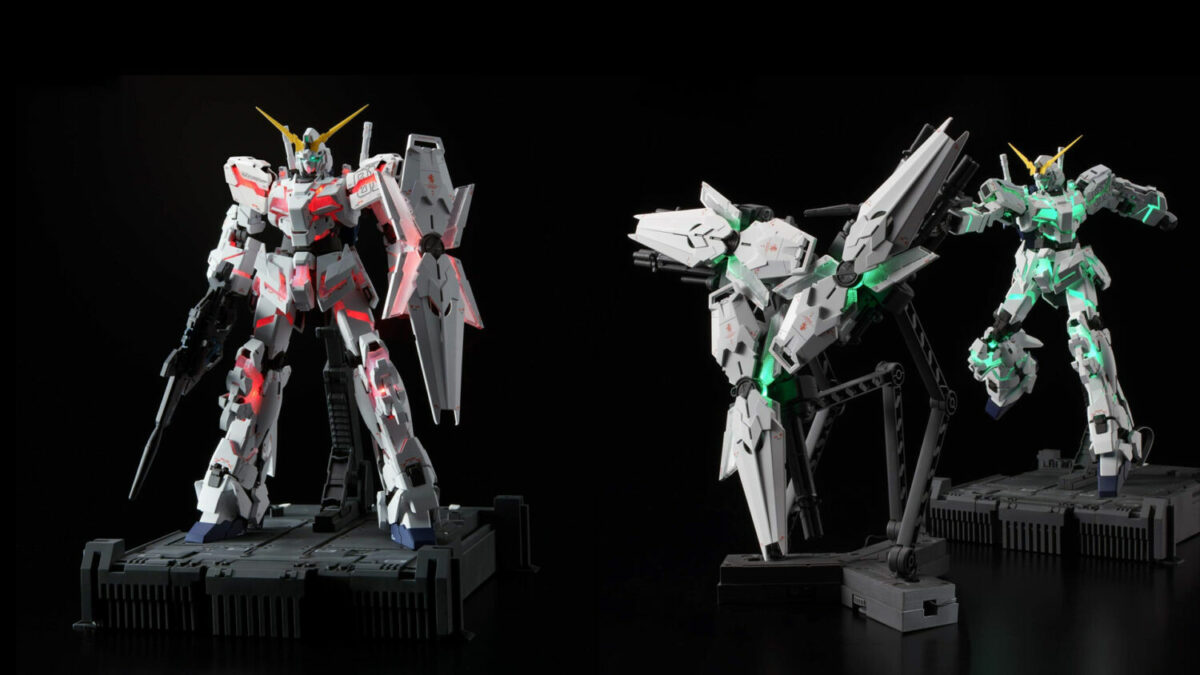
If you’re looking for a Gunpla challenge that’s as mind-bending as it is awe-inspiring, the “Ver. Ka” subline is a worthy choice. These kits, expertly reimagined by the legendary designer Hajime Katoki (who has worked on Virtual On and Policenauts, in addition to the Gundam series), are a visual feast for any serious Gunpla enthusiast.
Meanwhile, the Master Grade Extreme (abbreviated as MGEX) subline, which launched in 2020, is designed to amplify the most iconic features of the featured mobile suits through “Extreme Points”. For example, the Unicorn Gundam Ver. Ka, features a captivating LED light strip that transitions between its standard Unicorn Mode and formidable Destroy Mode.
Price range: S$55 – 133
Perfect Grade (PG)
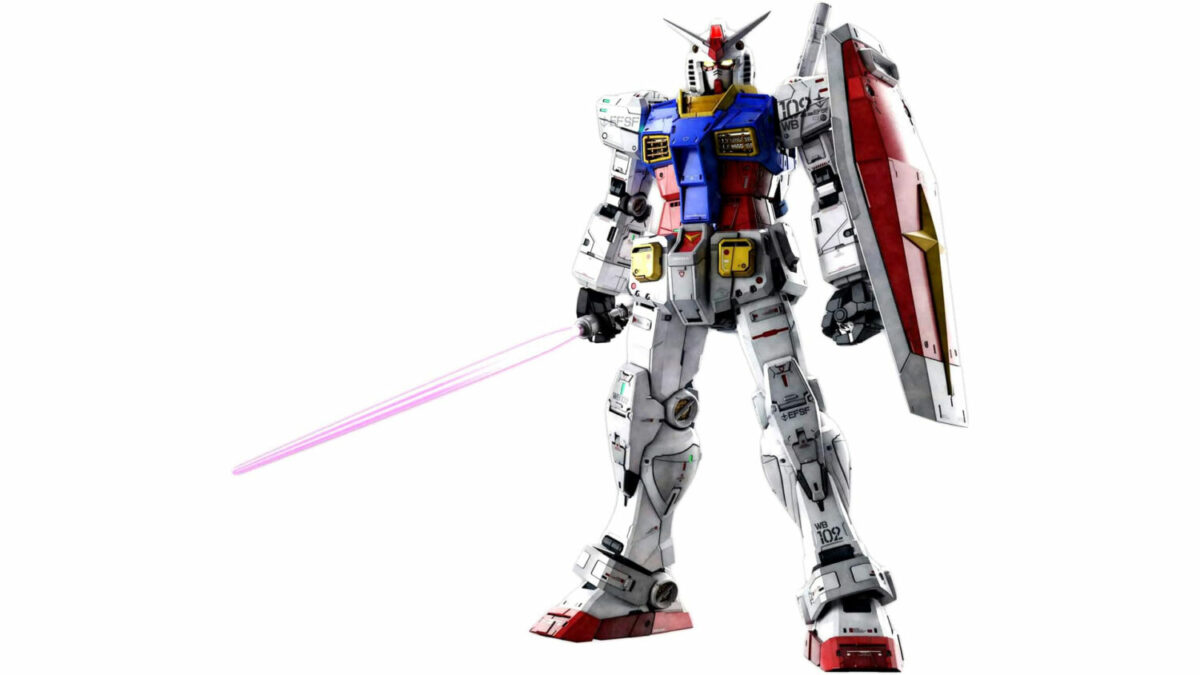
Perfect Grade kits are the highest tier of Gunpla construction. PG kits aim to bring the Gundam universe to life with remarkable precision. These colossal 1:60 scale projects, though time-consuming, offer unparalleled levels of detail that are far greater than what you would find in lower grades. Hallmarks of the PG series include metal joints, intricate plastic moulding, superior plastic quality, operable hatches, and LED lighting kits.
For the most definitive take on the formative RX-78-2 Gundam from the original Mobile Suit Gundam anime, the Perfect Grade version is the way to go — with glorious metal parts, ornate inner workings, and beautiful detailing.
Price range: S$318 – 480
Super Deformed (SD)
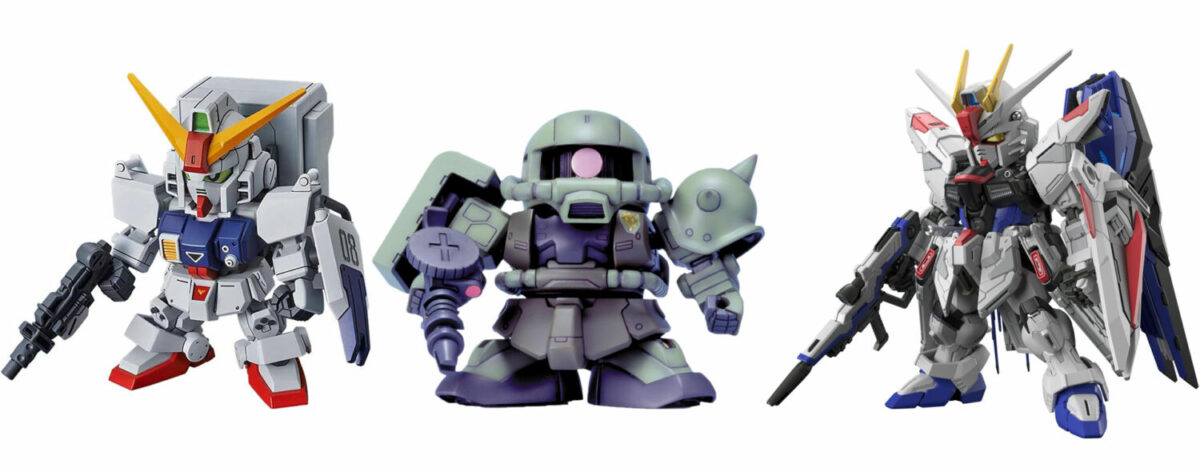
On the opposite side of the difficulty spectrum is the Super Deformed line. These chibi-fied Gundam models may not look like the fully-formed, battle-ready mobile suits from the anime, but they’re cute and super simple to build. That said, they typically offer very limited articulation.
To enhance the SD experience, go for the SD Cross Silhouette subline, which uses a simple inner frame for better articulation. Another subline, the Master Grade SD, launched this year. This takes Master Grade detail and articulation and combines it with Super Deformed designs, giving fans of the chibi look something more detailed and challenging to contend with.
Price range: S$13-17
Non-Gundam kits
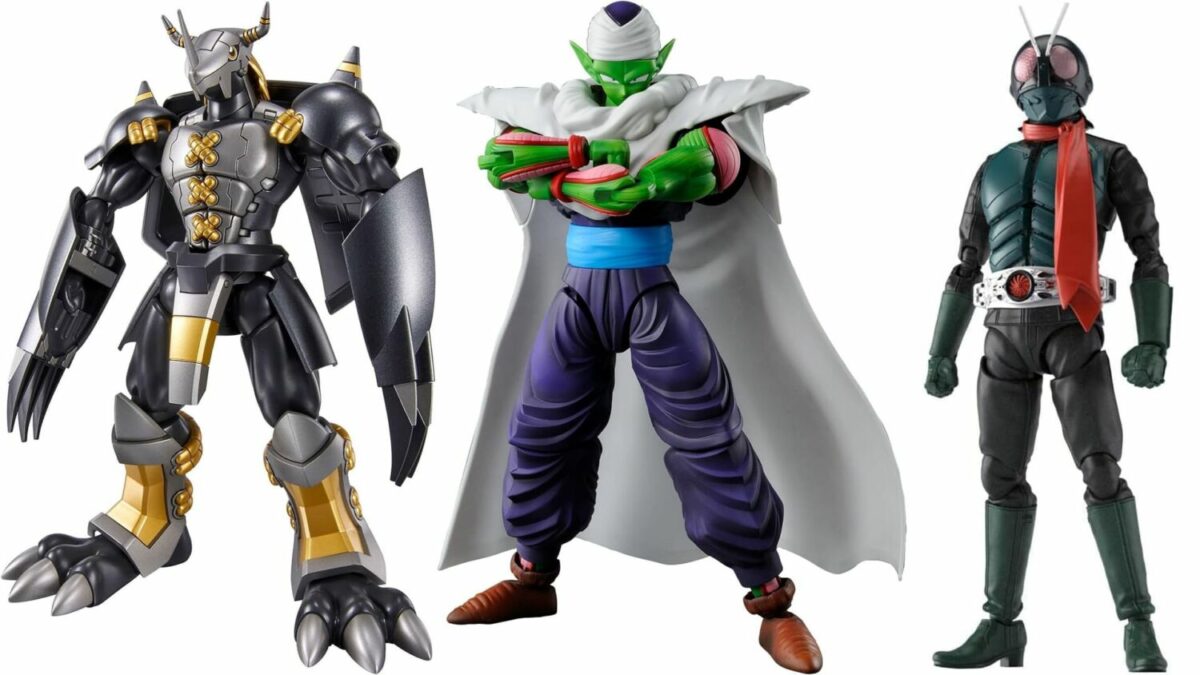
Apart from the Gundam franchise, Bandai also makes reliably good kits based on various other franchises. Its Figure-Rise Standard line includes models based on properties such as Digimon, Dragon Ball, Dr. Slump, Kamen Rider, and Ultraman.
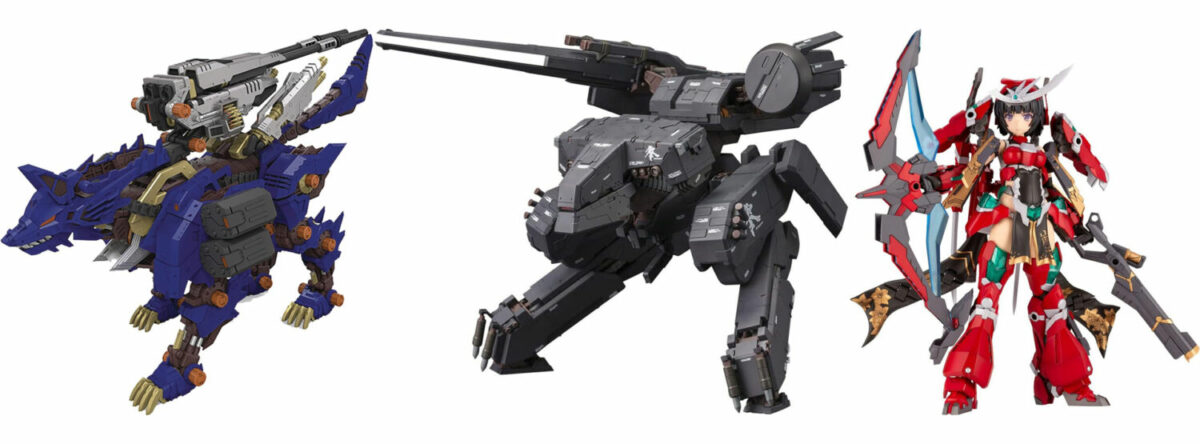
When you venture beyond Bandai, there’s many other model kits out there. Kotobukiya has kits based on Zoids and the Metal Gear series, as well as their original series Hexa Gear. While fun, they can be a bit fragile. Other lines from Kotobukiya include the customisable Frame Arms mecha, and its sister line Frame Arms Girl which features moé reimaginings of detailed mecha. These are great but might demand some extra effort.
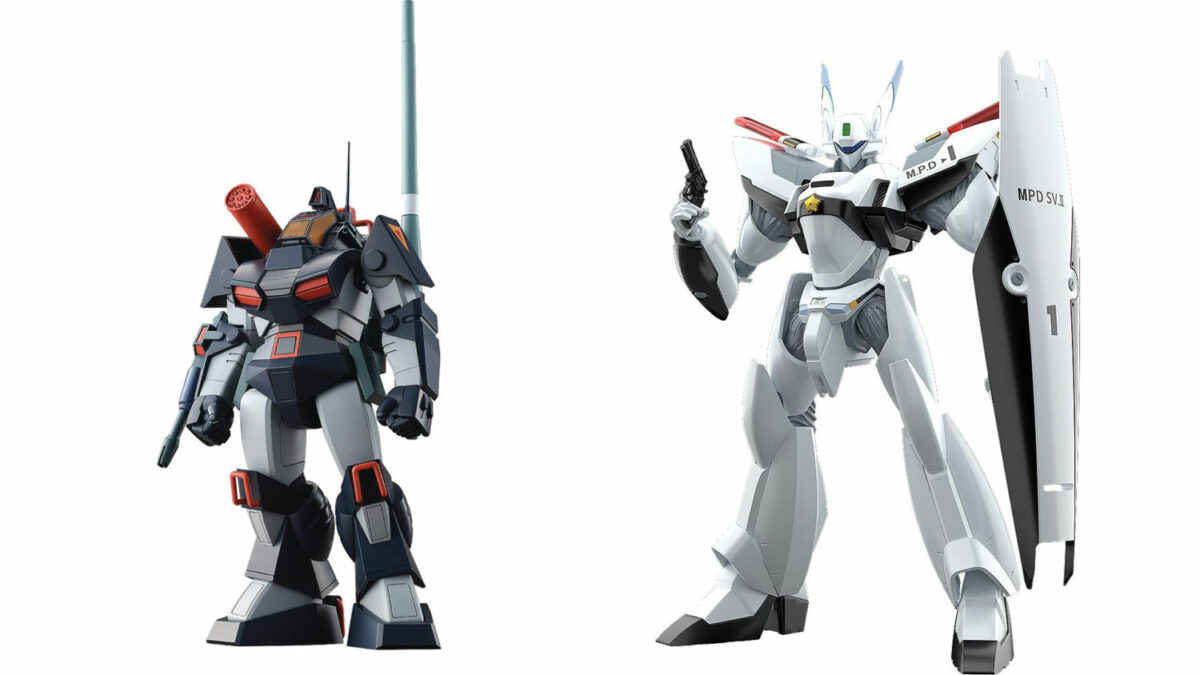
Meanwhile, the Dougram and Moderoid (which includes mechs from Patlabor and SSSS.Gridman) lines from Good Smile Company and long-time collaborator Max Factory share a resemblance with High Grade Gunpla.
Overall, Bandai’s kits tend to feature better plastic quality, articulation, colour separation, and more.
Assembling your build

When you crack open your Gunpla kit, you might notice that the instructions are all in Japanese. But don’t let that intimidate you! The instructions are picture-heavy, with very little text to decipher. To assemble your Gunpla, you simply follow the visual guide, recreating what you see with the parts in front of you. Each piece is cleverly labelled, with a letter indicating the specific plastic runner it’s on, and a number signifying the part itself.
Your trusty pliers from the toolkit will make snipping each piece off the runner a breeze. As Gunpla are designed to be snap-together kits that use little pegs and notches to connect the pieces, no glue is necessary.
Throughout the instruction manual, you might come across symbols that you might not recognise. Thankfully, fans have taken the liberty of translating these icons, so that fellow builders can have an easier time with the hobby.
Over the course of the assembly, you might want to cut away stray plastic bits with a sharp knife or clipper, and sand away marks and scuffs. You can use a fine metal file or polished bar on straight edges, and sandpaper or polishing cloth for curved sections.
Once you’re done assembling your first Gunpla, you’ll either realise it’s not your thing, or be pulled into its addictive embrace. What’s more, Gunpla isn’t just about building, it’s about collecting too. As your collection grows, you’ll uncover the universal connectors that allow you to mix and match Gunpla parts between different kits — a practice known as kitbashing.
May the model kits be ever in your favour!

